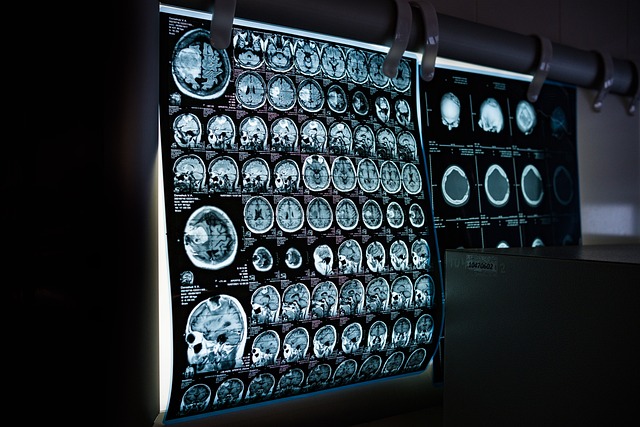Understanding Medical Assistant Jobs
Medical assistant roles combine clinical and administrative tasks to support patient care in various healthcare settings. This guide explains what these positions involve, how people enter the field, and which training paths may help individuals get started.

What qualifications are needed for medical assistant careers?
To embark on a career as a medical assistant, individuals typically need a high school diploma or equivalent. Many employers prefer candidates who have completed a medical assisting program from an accredited institution, which can range from a few months to two years. These programs cover essential topics such as medical terminology, anatomy, physiology, and basic clinical procedures.
While certification is not always mandatory, it can significantly enhance job prospects and demonstrate proficiency in the field. Organizations like the American Association of Medical Assistants (AAMA) offer certifications that validate a medical assistant’s knowledge and skills.
What are the primary duties in clinical support roles?
Medical assistants perform a wide array of clinical tasks that directly support patient care. These responsibilities may include:
-
Taking and recording vital signs
-
Preparing patients for examinations
-
Assisting physicians during procedures
-
Administering medications as directed by healthcare providers
-
Collecting and preparing laboratory specimens
-
Performing basic laboratory tests
-
Educating patients about treatments and procedures
The specific clinical duties can vary depending on the healthcare setting, state regulations, and the supervising physician’s preferences.
How does medical office work factor into the role?
In addition to clinical tasks, medical assistants play a crucial role in maintaining the administrative functions of a medical office. Their duties often include:
-
Scheduling appointments and managing patient flow
-
Updating and filing patient medical records
-
Handling correspondence and answering phones
-
Processing insurance forms and billing information
-
Coordinating laboratory services and referrals
-
Managing inventory of medical supplies
These administrative tasks require strong organizational skills, attention to detail, and proficiency in using electronic health record systems.
What patient care assistance do medical assistants provide?
Medical assistants are often the first point of contact for patients in a healthcare setting. They provide essential patient care assistance by:
-
Greeting and comforting patients
-
Explaining treatment procedures to patients
-
Assisting with patient positioning during examinations
-
Ensuring patient comfort and safety throughout their visit
-
Providing post-appointment instructions and follow-up information
-
Addressing patient concerns and relaying them to appropriate medical staff
This aspect of the job requires excellent interpersonal skills, empathy, and the ability to communicate effectively with diverse patient populations.
What healthcare training programs are available for aspiring medical assistants?
Aspiring medical assistants have several options for training and education:
-
Certificate programs: Typically lasting 9-12 months, these programs offer focused training on essential medical assisting skills.
-
Diploma programs: Usually completed in 12-18 months, these provide more comprehensive education in medical assisting.
-
Associate degree programs: Two-year programs that offer broader healthcare knowledge and may include general education courses.
Many community colleges, vocational schools, and technical institutes offer these programs. Some healthcare facilities also provide on-the-job training for entry-level medical assistants, though formal education is increasingly preferred by employers.
| Training Program Type | Duration | Credential Earned | Typical Curriculum Focus |
|---|---|---|---|
| Certificate Program | 9-12 months | Certificate in Medical Assisting | Basic clinical skills, medical terminology, anatomy |
| Diploma Program | 12-18 months | Diploma in Medical Assisting | Comprehensive clinical skills, administrative tasks, pharmacology |
| Associate Degree | 2 years | Associate of Applied Science in Medical Assisting | Advanced medical knowledge, general education, potential specializations |
Prices, rates, or cost estimates mentioned in this article are based on the latest available information but may change over time. Independent research is advised before making financial decisions.
The field of medical assisting offers a promising career path for those interested in healthcare. With a combination of clinical and administrative skills, medical assistants play an indispensable role in the healthcare system. As the demand for healthcare services continues to grow, the outlook for medical assistant jobs remains positive, providing opportunities for professional growth and specialization within the healthcare industry.
This article is for informational purposes only and should not be considered medical advice. Please consult a qualified healthcare professional for personalized guidance and treatment.




